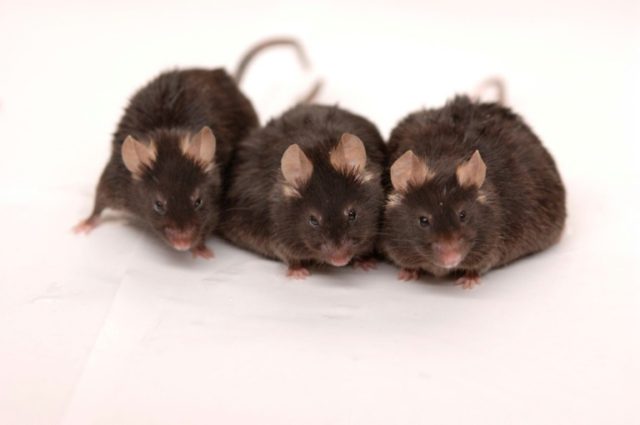New York City mice may be carrying some potentially harmful bacteria and viruses that could cause life-threatening diseases in humans, according to a study published Tuesday.
The study, called “Of Mice and Disease: Antibiotic-Resistant Bacteria Discovered in NYC Mice,” found that apartment-dwelling mice in New York City contain harmful bacteria that can be passed on to humans and several genes that enable the creatures to be resistant to common antibiotics.
Researchers from Columbia University’s Mailman School of Public Health studied 416 mice in apartments located throughout the five boroughs of New York City—Queens, Manhattan, the Bronx, Brooklyn—for one year and found that their droppings contained the harmful bacteria.
Scientists found that the droppings contained several different types of bacteria that cause gastrointestinal diseases, including E. coli, C. difficile, Salmonella, Shigella, Leptospira, Klebsiella pneumonia, and Clostridium perfringens.
“Mice are more than just a nuisance—they are a potential source of infections,” Ian Lipkin, director of the Center for Infection and Immunity at Columbia University’s Mailman School of Public Health and senior researcher, said in a statement.
Researchers who conducted the study also found that six of the mice studied contained at least three genes that would render anti-bacterial drugs ineffective.
“Our study raises the possibility that serious infections — including those resistant to antibiotics —may be passed from these mice to humans, although further research is needed to understand how often this happens, if at all,” Simon Williams, a research scientist at the Center for Infection and Immunity and lead author of the studies, said in a statement.
It is unclear how these mice are picking up the antibiotic-resistant and disease-causing bacteria, but researchers say it is likely to creatures pick up the bugs by going through the garbage or traveling through sewage systems where water passes through.
Lipkin notes that a lot of antibiotics people flush down the toilet could also travel through the water supply, exposing mice to enough antibiotics for them to become resistant to the bacteria.
“It goes into the water and winds up in the environment and contaminating our food garbage,” Lipkin said. “Mice consume that garbage and carry it around.”

COMMENTS
Please let us know if you're having issues with commenting.